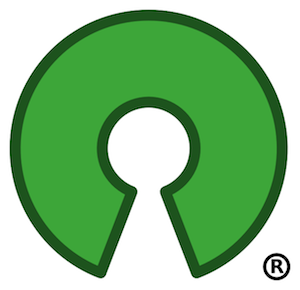Open Source
It might sound obvious but I've been a big advocate for Open Source, and I've been running Linux everywhere since 2008. I genuinely believe in the Open Source model.
As I've been running various roles, from production operator, performance engineer to a software developer, I've seen both ends of the spectrum and built a strong expertise on the system itself.










